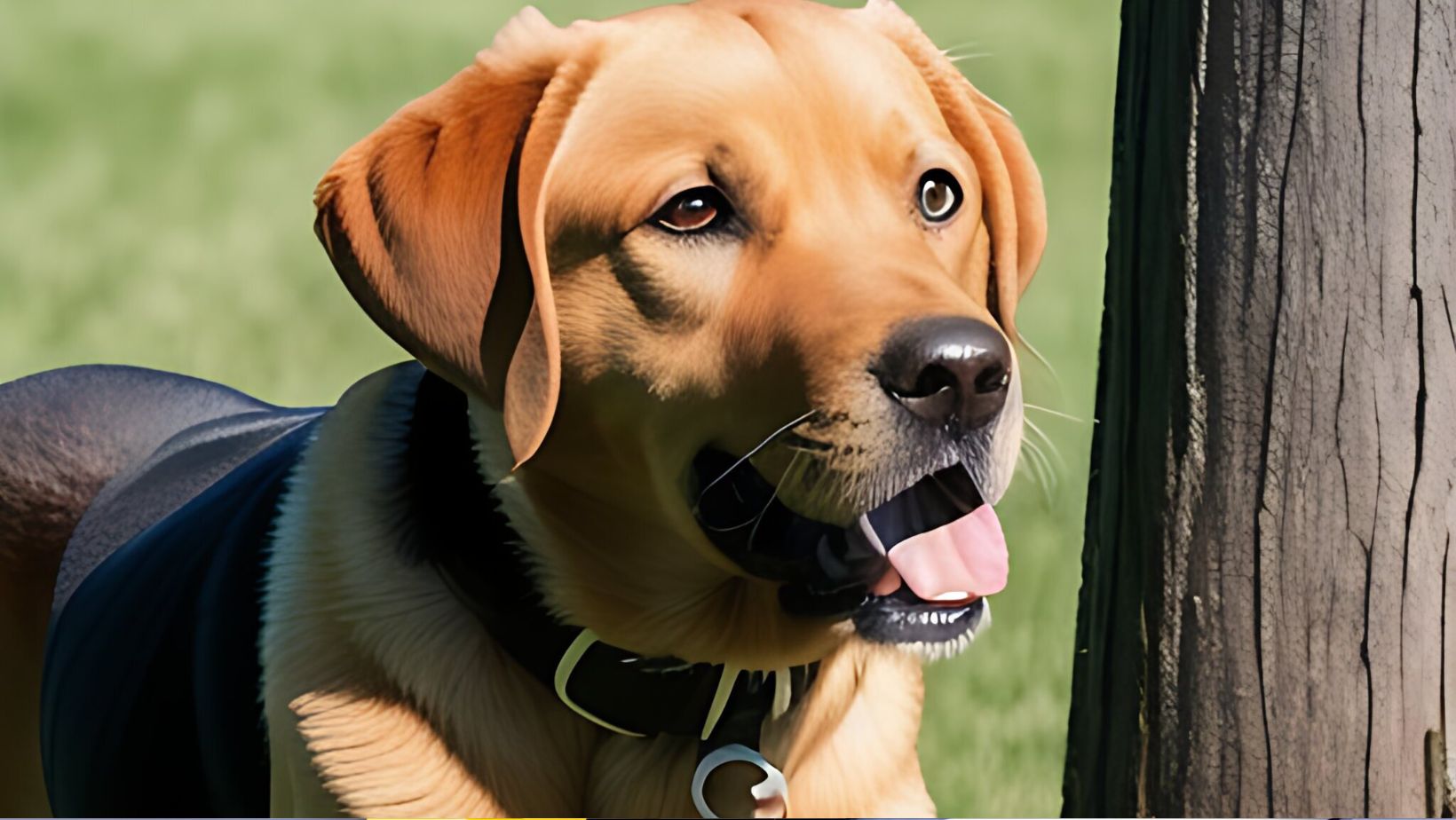How to Stop My Dog from Attacking Other Dogs
If you’re struggling with your Labrador attacking other dogs, don’t worry, I’ve got you covered. Dealing with this behavior can be challenging, but with the right approach and techniques, you can help your furry friend overcome their aggressive tendencies.
First and foremost, it’s important to understand that dog aggression is a complex issue with various underlying causes. It could stem from fear, territoriality, or even a lack of socialization. Identifying the root cause will help you tailor your training methods accordingly.
Understanding the Root Cause of Dog Aggression
When it comes to tackling dog aggression, it’s crucial to delve into the root causes behind this behavior. As a dog owner, I’ve had my fair share of experiences with aggression, particularly with my Labrador. Through research and personal observations, I have come to understand that there are several factors that can contribute to dog-to-dog aggression.
- Fear and Anxiety: Like humans, dogs can experience fear and anxiety in certain situations. If a dog feels threatened or overwhelmed by another dog’s presence, they may react aggressively as a defense mechanism. Understanding your Labrador’s triggers and providing them with a safe environment is essential in addressing their fear-based aggression.
- Lack of Socialization: Proper socialization plays a critical role in shaping a dog’s behavior towards other dogs. If a Labrador has not been exposed to various social situations during their early development stages, they may struggle with interacting appropriately with other dogs later on. Gradual exposure to different environments and positive reinforcement can help reduce aggressive tendencies stemming from limited socialization.
- Protective Instincts: Labradors are known for their loyalty and protective nature towards their owners or territory. However, if these instincts become overly intense or misguided, it can lead to aggressive behavior towards other dogs perceived as threats. It’s important to strike a balance between nurturing their protective side while teaching them appropriate boundaries through training techniques like obedience classes.
- Medical Conditions: Sometimes underlying medical issues can manifest as aggression in dogs. Pain or discomfort caused by conditions such as arthritis or hormonal imbalances might trigger reactive behavior towards other dogs. Consulting with your veterinarian is crucial in ruling out any potential health concerns that could be contributing to your Labrador’s aggressive tendencies.
5.Training Methods and Environment: The way we train our Labradors and the environment we provide for them greatly influences their behavior towards other dogs. Consistent positive reinforcement training methods based on reward and redirection can help modify aggressive behavior. Additionally, creating a calm and structured environment at home can contribute to a more balanced state of mind for your Labrador.
By understanding the root causes of dog aggression, particularly in Labradors, we can take proactive steps to address these issues effectively. Whether it’s through proper socialization, identifying triggers, or seeking professional guidance, addressing the underlying causes is crucial in helping our furry friends become more confident and well-behaved companions.
Recognizing Signs of Aggression in Your Labrador
As a responsible dog owner, it’s crucial to understand and recognize the signs of aggression in your beloved Labrador. By being aware of these signs, you can take proactive steps to prevent aggressive behaviors and ensure the safety of other dogs.
- Body Language: Pay close attention to your Labrador’s body language as it can provide valuable insights into their emotional state. Some common indicators of aggression include:
- Stiff posture and raised hackles
- Intense staring or glaring at other dogs
- Growling, snarling, or baring teeth
- Lunging forward or pulling on the leash aggressively
- Resource Guarding: Many Labradors may display aggression when it comes to protecting their resources such as food, toys, or even their favorite spot on the couch. Watch out for:
- Snapping or biting when someone approaches their possessions
- Growling or showing discomfort when others come near their food bowl
- Reluctance to share toys and exhibiting possessive behavior
- Fear-based Aggression: Fear can trigger aggressive responses in Labradors. If your dog feels threatened or anxious, they may exhibit defensive behaviors such as:
- Cowering or attempting to hide behind you
- Tail tucked between legs with ears pinned back
- Barking incessantly at unfamiliar dogs out of fear
- Territorial Aggression: Labradors are known for being protective of their territory and family members. Signs of territorial aggression may include:
- Barking excessively at other dogs approaching your property
Remember that every dog is unique, so be patient throughout the training process and adjust methods accordingly based on what works best for your Labrador. Consistency, positive reinforcement, and early intervention are key factors in successfully curbing aggressive behavior and fostering a well-behaved, sociable Labrador.
